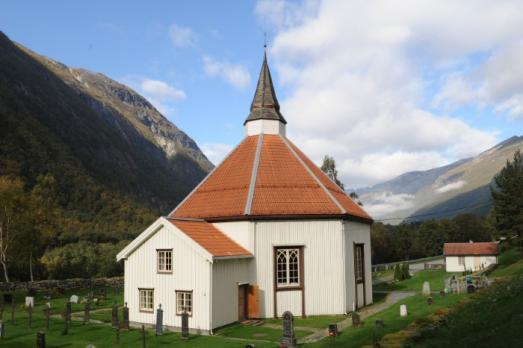Roman Catholic Church of Assumption of the Blessed Virgin Mary
Szczytno, PL
The church was built in the years 1887???1897 on the site of a wooden church of the same name, which was moved to the post-cemetery square at 22 Ogrodowa Street (after the transfer it is called Saint Joseph). The designer of the temple in the Vistula-Baltic style was Konstanty Wojciechowski, and nearly half of the costs of its construction and equipment were covered by ??ud?? manufacturers of various denominations, who occupied high positions in the nineteenth-century textile industry.















